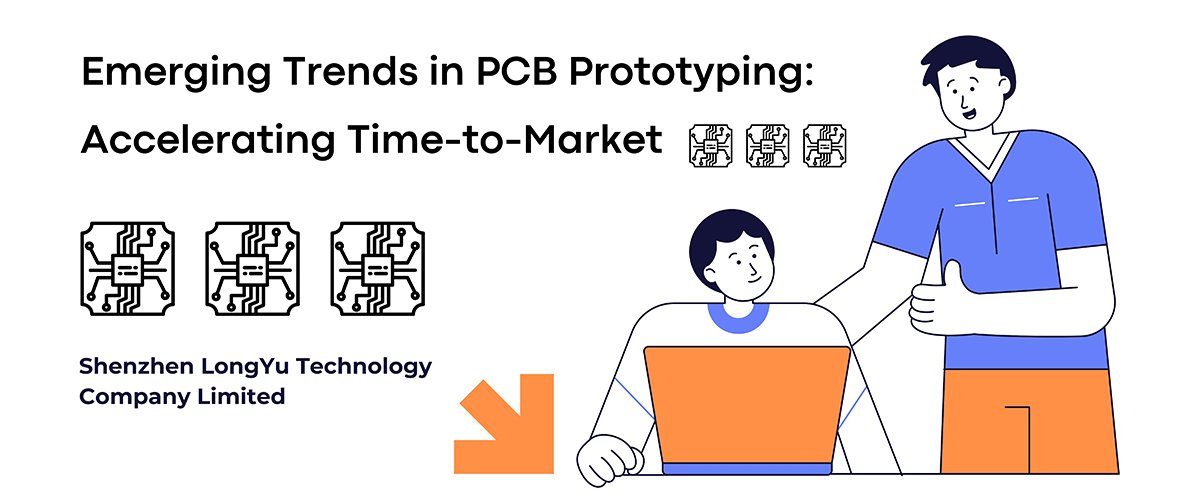Microwave PCBs: The Backbone of High-Frequency Electronics and RF Applications

In the rapidly evolving world of wireless technology, microwave PCBs (Printed Circuit Boards) have emerged as critical components for enabling high-frequency performance in advanced electronics. Designed to operate at frequencies above 1 GHz, these specialized PCBs are integral to 5G infrastructure, radar systems, satellite communication, and RF applications. This article explores the unique characteristics, applications, and design considerations of microwave PCBs while highlighting essential SEO keywords like high-frequency PCB, RF circuit boards, and microwave substrates to enhance visibility for engineers and industry professionals.
What Are Microwave PCBs?
Microwave PCBs are engineered to handle high-frequency signals with minimal loss, making them ideal for microwave engineering and millimeter-wave applications. Unlike standard FR4 PCBs, they utilize advanced low-loss materials such as Rogers materials, PTFE (Teflon), and ceramic-filled substrates. These materials offer superior dielectric constant stability, thermal conductivity, and reduced dissipation factor, ensuring optimal signal integrity in demanding environments.
Key Features of Microwave PCBs
1. High-Frequency Laminates:
Materials like Rogers RO4000® and Taconic RF-35™ provide consistent performance at microwave frequencies, minimizing insertion loss and return loss.
2. Thermal Management:
Effective heat dissipation via thermal vias, copper planes, and metal-core substrates prevents overheating in high-speed PCB designs.
3. Impedance Control:
Precise impedance matching (e.g., 50 or 75 ohms) is achieved through controlled trace geometry, ensuring minimal signal reflection.
4. Low Signal Loss:
PTFE substrates and smooth copper surfaces reduce conductor loss, critical for RF design and satellite communication systems.
Applications of Microwave PCBs
Microwave PCBs are indispensable in industries requiring high-speed data transmission and reliability:
- 5G Networks: Supporting mmWave frequencies and massive MIMO antennas.
- Radar and Defense: Used in automotive radar systems, phased-array radars, and missile guidance.
- Aerospace: Enabling satellite communication and avionics systems.
- Medical Devices: Powering MRI machines and RF ablation equipment.
- IoT and Automotive: Facilitating ADAS sensors and connected vehicle technologies.
Design Considerations for Microwave PCBs
1. Material Selection:
Choose low-loss materials with stable dielectric constants (Dk) for consistent performance.
2. Signal Integrity:
Implement microstrip or stripline layouts to minimize crosstalk and EMI. Simulation tools like HFSS and ADS optimize RF circuit boards.
3. Thermal Vias and Heat Sinks:
Manage heat in high-power RF applications using thermal management strategies.
4. Surface Finish:
Opt for ENIG (Electroless Nickel Immersion Gold) or gold plating to enhance conductivity and durability.
Manufacturing Challenges and Solutions
- Precision Etching: Fine-line etching techniques maintain tight tolerances for high-frequency traces.
- Material Handling: PTFE and ceramic substrates require specialized drilling and lamination processes.
- Testing: Time-domain reflectometry (TDR) and network analyzers validate impedance and S-parameters.
Future Trends in Microwave PCB Technology:
As 5G, IoT, and autonomous vehicles drive demand for faster connectivity, microwave PCBs will evolve with:
- Advanced Materials: Development of ultra-low-loss laminates.
- 6G Readiness: Supporting terahertz frequencies.
- Miniaturization: Integrating RF applications into compact, multilayer designs.
Microwave PCBs are the unsung heroes behind today’s high-frequency innovations, from 5G infrastructure to automotive radar systems. By leveraging microwave substrates, impedance control, and robust thermal management, engineers can overcome design challenges and meet the demands of next-gen technologies. Staying ahead in microwave engineering requires collaboration with experienced PCB manufacturers who specialize in RF circuit board fabrication.
 Microwave PCBs: The Backbone o
Microwave PCBs: The Backbone o
 The Synergy of Electric Vehicl
The Synergy of Electric Vehicl
 Emerging Trends in PCB Prototy
Emerging Trends in PCB Prototy
 Recent Trends and Developments
Recent Trends and Developments
